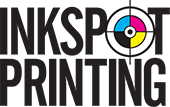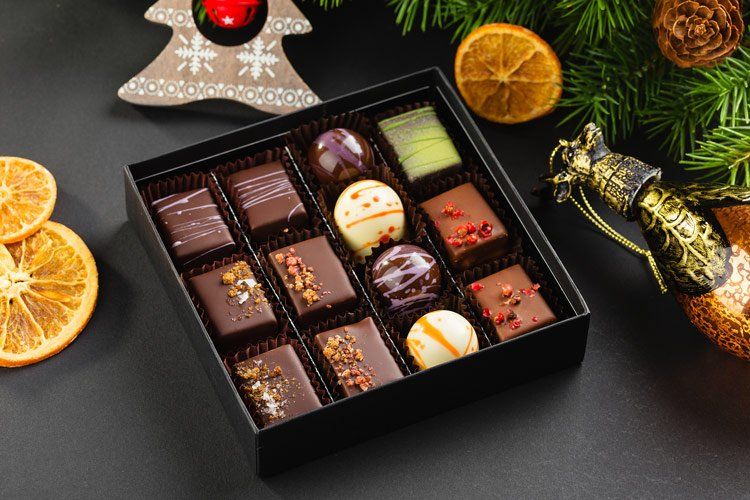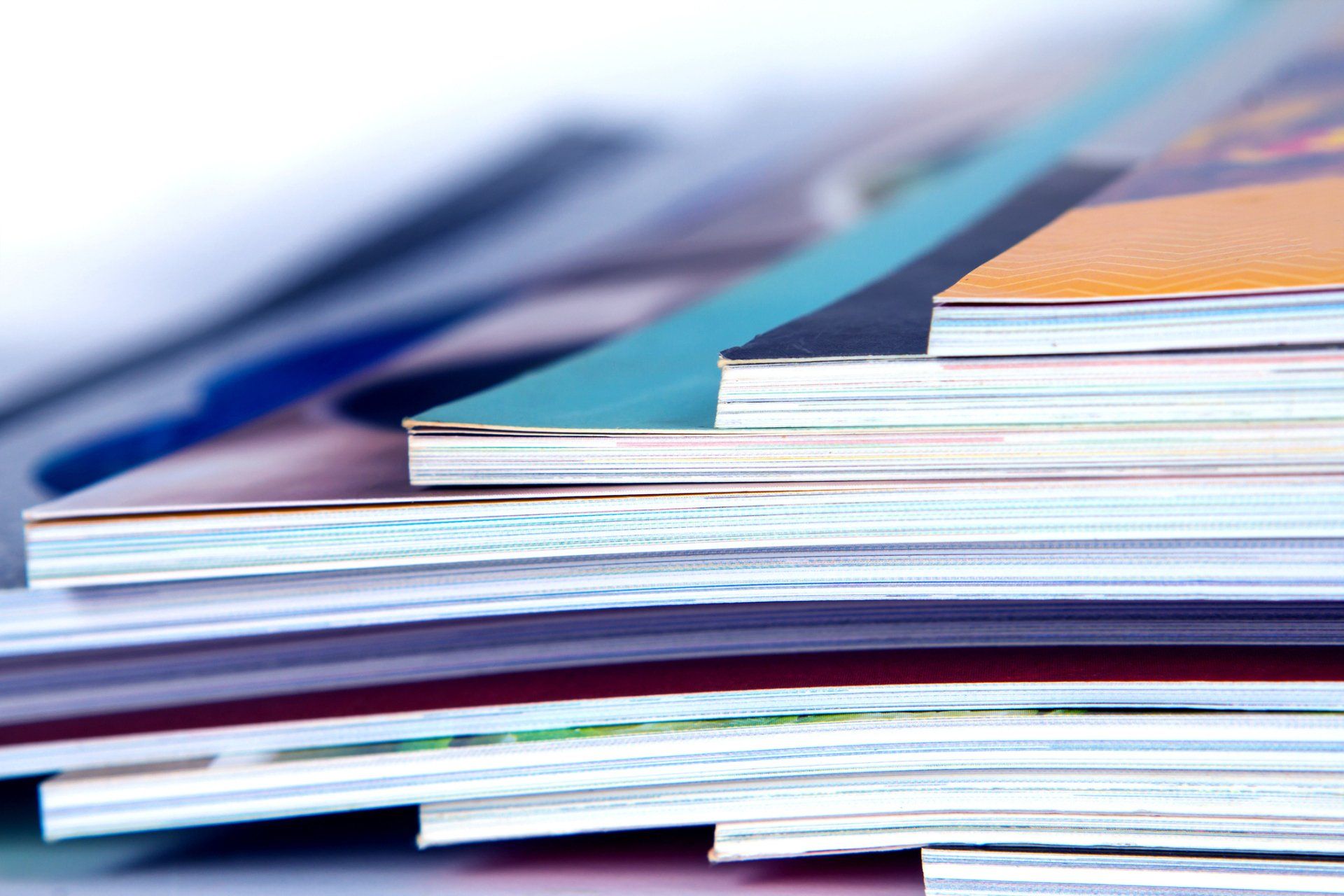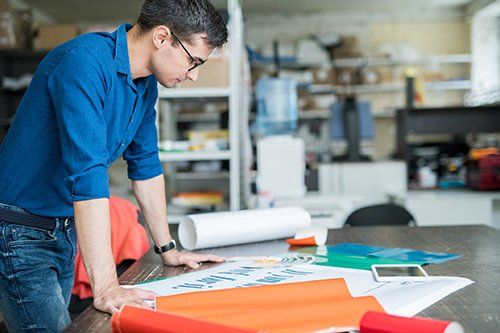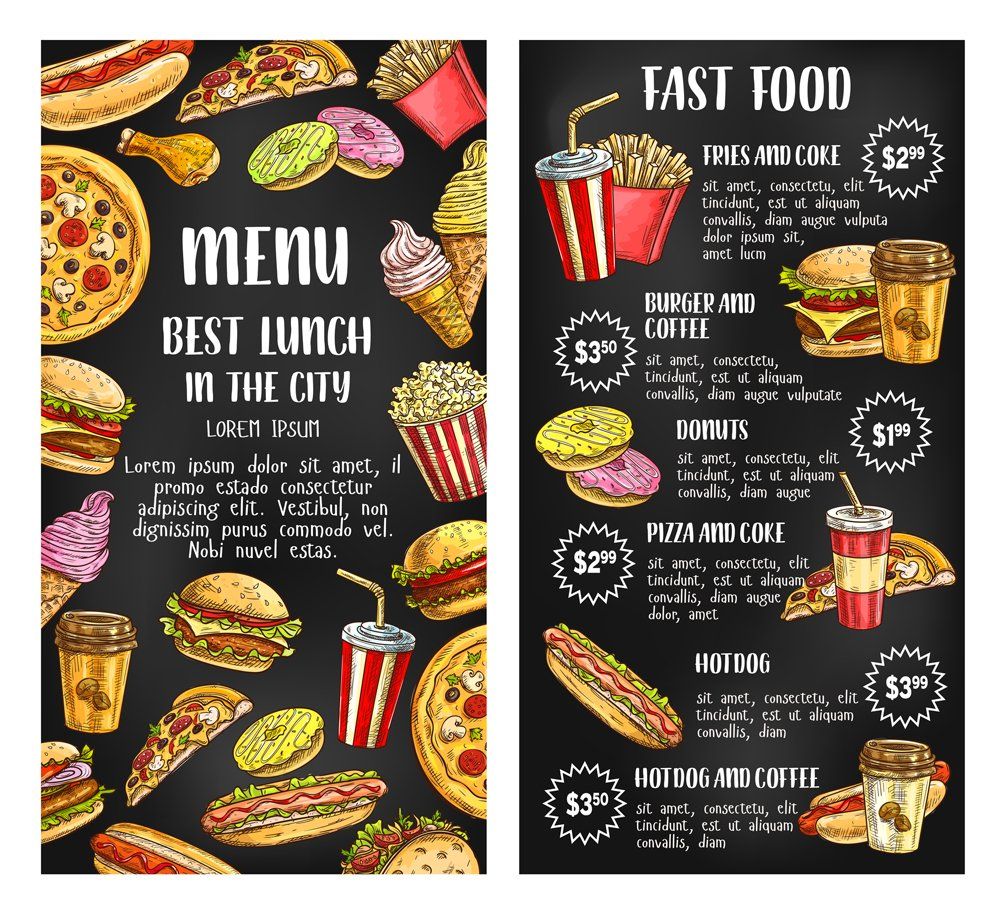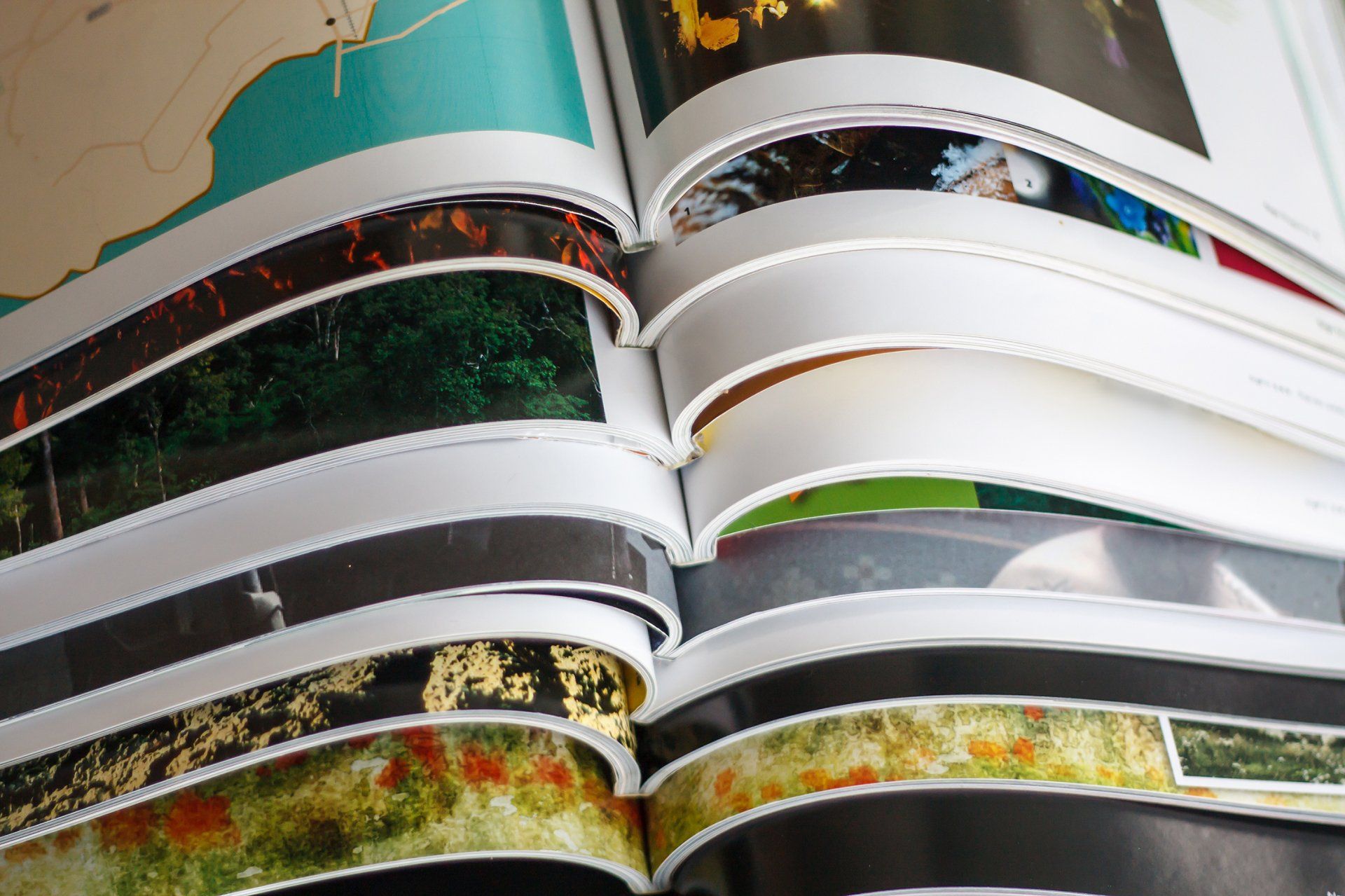Keep Your Documents Together With These 4 Binding Choices
When you need to group a large amount
of pages together into one book, you have many options on how to bind
the pages. Each style has its own pros and cons, and understanding
these differences will help you make the best choice for your
particular project.
So, what should you know about your binding options? Here are the four most common bindings to choose from.
1. Plastic Coil
Most business people and students are familiar with plastic coil binding. This method places a coil made of plastic through holes punched in the documents. The coil keep everything together simply and easily, and there is often a wide plastic edging (referred to as a comb) that makes the finished product look nice on the shelf.
One of the main advantages of coil binding is its simplicity and relatively inexpensive nature. It's a quick solution to keep many pages together in a way that looks reasonably professional and won't cause problems for the user. It also helps the book lie flat - a feature making it useful when users need to make notes or use it for reference.
2. Wire Binding
Wire binding is a little more upscale than plastic coils. It employs a similar method to keep things together: a coiled product that winds through holes punched in the documents. However, the wire materials look a little more professional than plastic, so it can be a good choice for documents used to sell products or provide long-term company materials.
Wire binding may also be particularly useful if you might need to add or remove pages later on. There are tools you can purchase that allow you to remove the binding and make alterations to the documents before replacing the binding.
3. Slide Binding
Coil-based binding methods require permanent holes in each page. If you don't want to put holes in your documents, a slide binding might be the answer.
In this case, pages are kept together by pinching them in between two slides that are solidly closed and locked. Slide binding (also called a plastic grip) won't damage the papers and it can generally be easily opened and closed if you want to make changes or apply the binding later.
Unfortunately, this flexibility means that the binding prevents the book from laying flat on a table. If users plan to make notes in the margins or information is printed close to the edges, you may have some trouble.
4. Perfect Binding
Perfect binding is more of a book-like method of keeping things in place. With this process, the edges of papers are sliced off and roughed up so as to create a good foundation for adhesive. A glue product is then placed across the inner edge as a whole and a finished cover is placed over the outside.
Perfect binding is obviously more expensive than most types of temporary binding, but it creates the most professional appearance. It is also permanent and cannot be altered after adhesive and covers are employed. If you need marketing documents for high-end products, materials to impress potential investors or bankers, or a book that will be shown to customers, this may be the product for you.
The right type of binding finishes your printing job in the right way. But the choice of method depends on many factors - your budget, the purpose of the materials, your timeline, and how much flexibility you need.
For help making the right decision, consult with an experienced printing service. At InkSpot Printing , our print professionals can help guide you through the process. Call today to learn more.

